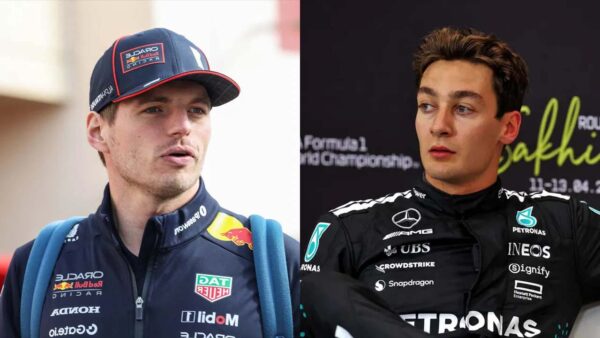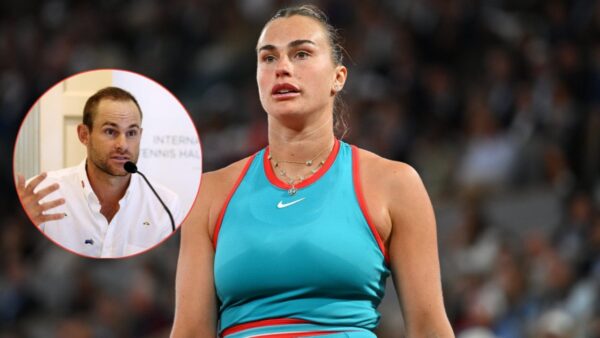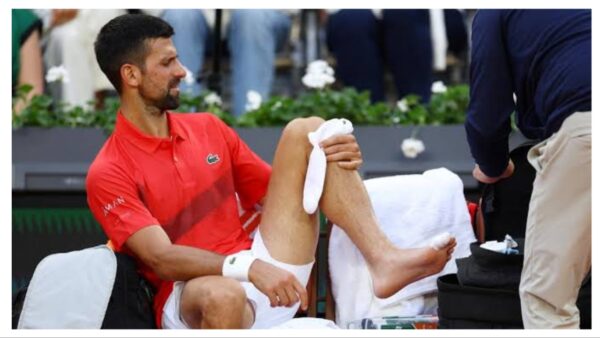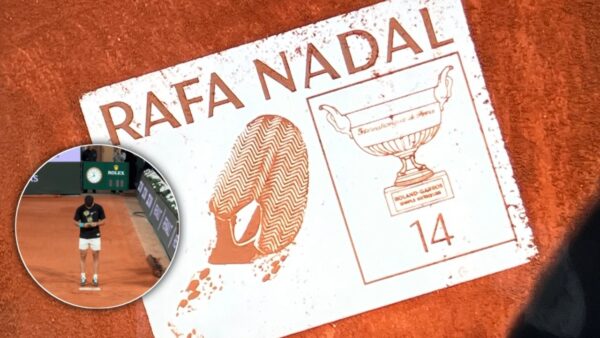New Valorant Ranking System 2.0 Explained: MMR & RR

Competitive matchmaking
Valorant Ranking System has evolved in many ways since it had launched for the first time. VALORANT’s Competitive mode uses the same in-game rules and format as the Unrated mode, but with a focus on higher-stakes competition. It features a bunch of ranks, 8 to be specific, with three tiers in each, except the highest ranks, i.e., Immortal and Radiant.
The newest MMR rank system, along with the previous RR and competitive matchmaking system is meant to deliver a balanced fight and keep the disruption to a minimum. Let’s take a deeper look into the Valorant Ranking System since it might be ambiguous for some players.

Also Read: Ninja Quits Valorant Competitive
MMR & RR: Valorant Ranking System
Valorant always looks to apply win or loss measurement to all ranks, depending on 100% win or loss and the decisiveness of the final score. The option to enter Competitive matchmaking will open once players have completed 20 Unrated matches. There are eight levels of rank, each divided into three tiers: Iron, Bronze, Silver, Gold, Platinum, Diamond, Immortal, and the highest rank — Radiant, as said earlier.
While winning games is the most important factor in gaining rank, if players perform exceptionally well, their rank can go up faster. Inversely, losing games and performing well below expectations (deduced from their previous matches) will reduce a player’s rank. The personal performance will have a greater impact on the early evaluation of skill but will decrease in importance when compared to wins, as we hone in on your skill over time.

The competitive mode also measures how decisively players win or lose since if there is a benefit to rank that comes from playing best for the entire match, it will incentivize players to stay in the fight and not throw games. However, the last known RR (Rank rating) has undergone a few changes and Valorant has introduced the new MMR Valorant Ranking system to competitive matches.
Valorant uses an MMR (Match Making Rating) system to target each individual’s performance skill level. MMR is a giant ladder, consisting of all players. “If you win, you climb up and push others down. Alternatively if you lose, you get pushed down by others. No two players can tie, or take up the same spot on the ladder. This is the core concept for most matchmaking systems, and the math that determines how fast you climb up (or push others down) is the hard part”, RIOT had made us familiar with the concept.

MMR is a fairly fluid system that can potentially change substantially from game to game, and a change made after the last known rank changes in Act III. Rank is separate from MMR and eventually, a player’s rank will converge very close to their own MMR, unless they lose a series of matches, leading to a drop in their MMR. So, to sum up:
- If your MMR is higher than your rank, you’ll gain more RR on wins than you lose on losses
- If your MMR is even with your rank, you’ll gain and lose closer amounts of RR for wins and losses
- If your MMR is lower than your rank, you’ll gain less RR on wins and lose more on losses
Each rank has 100 RR points, and gaining more or less will cause players to be promoted or demoted. Players who are demoted will not be placed beyond 80 RR points in the lower rank. Being promoted starts players at 10 RR of the next rank after a win. Performing well in lower ranks allows players to rank up faster if they consistently dominate their opponents. But their MMR will maintain their placements against similarly skilled players.
Here’s a video that will help you understand the new Valorant ranking system and why it is better:
Rank resets happen at the onset of every new act although players’ MMR remains intact. As for rank decay, if a player stays inactive from Competitive matches for 14 days at a stretch, their ranks will now be shown, although after a game it will be restored as it is with no alteration whatsoever.
Also Read: Valorant Replication Mode: Agent selection, Economy, and All you need to know.







